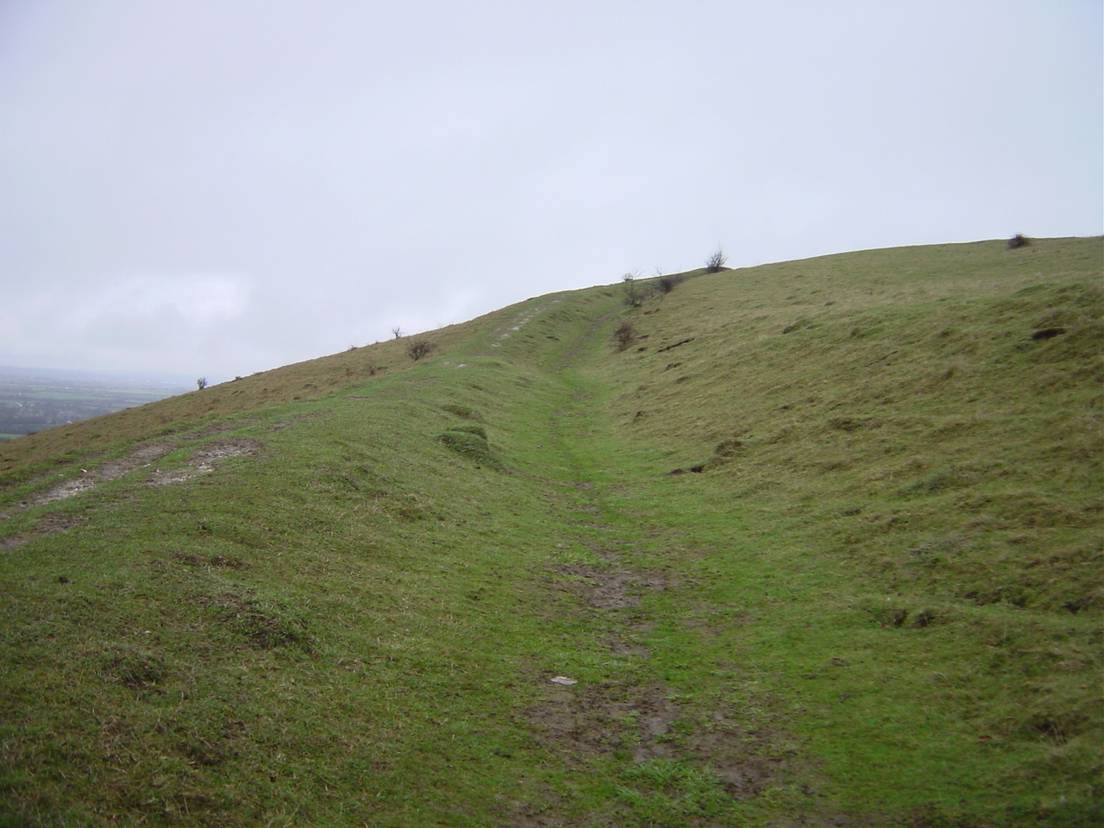The age of an asset may be an important factor. This is because broadly speaking the older the asset is the rarer it is likely to be. Normally buildings dated after 1948 will not qualify under this criteria unless they are particularly good examples of outstanding design or have strong historical or communal value.
Significance relating to the age of an asset may also depend on its historic and cultural context. For instance; in Buckinghamshire, structures or sites relating to locally important industries, to the Paralympics, or to influential local people will also need to be considered. Examples might include the site of a quarry, where Ice Age animal remains were found; evidence of kilns relating to the medieval tiling industry; buildings typical of the ‘Arts and Crafts’ movement; or buildings associated with the Paralympic games.
Helpful Questions
- Using the timeline or any additional information you may have, which period do you think the building or site dates to?
- Does the building or site appear in the historic mapping layers of this website?
- If the building is modern does it demonstrate outstanding or innovative design?
- Is the building or site a good example of a particular period, or does it demonstrate multiple phases of historic development?
- What does the asset tell us about the people who constructed it, how they used it and the materials that they had available to them?

